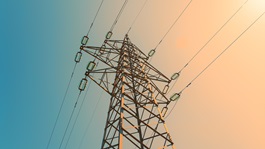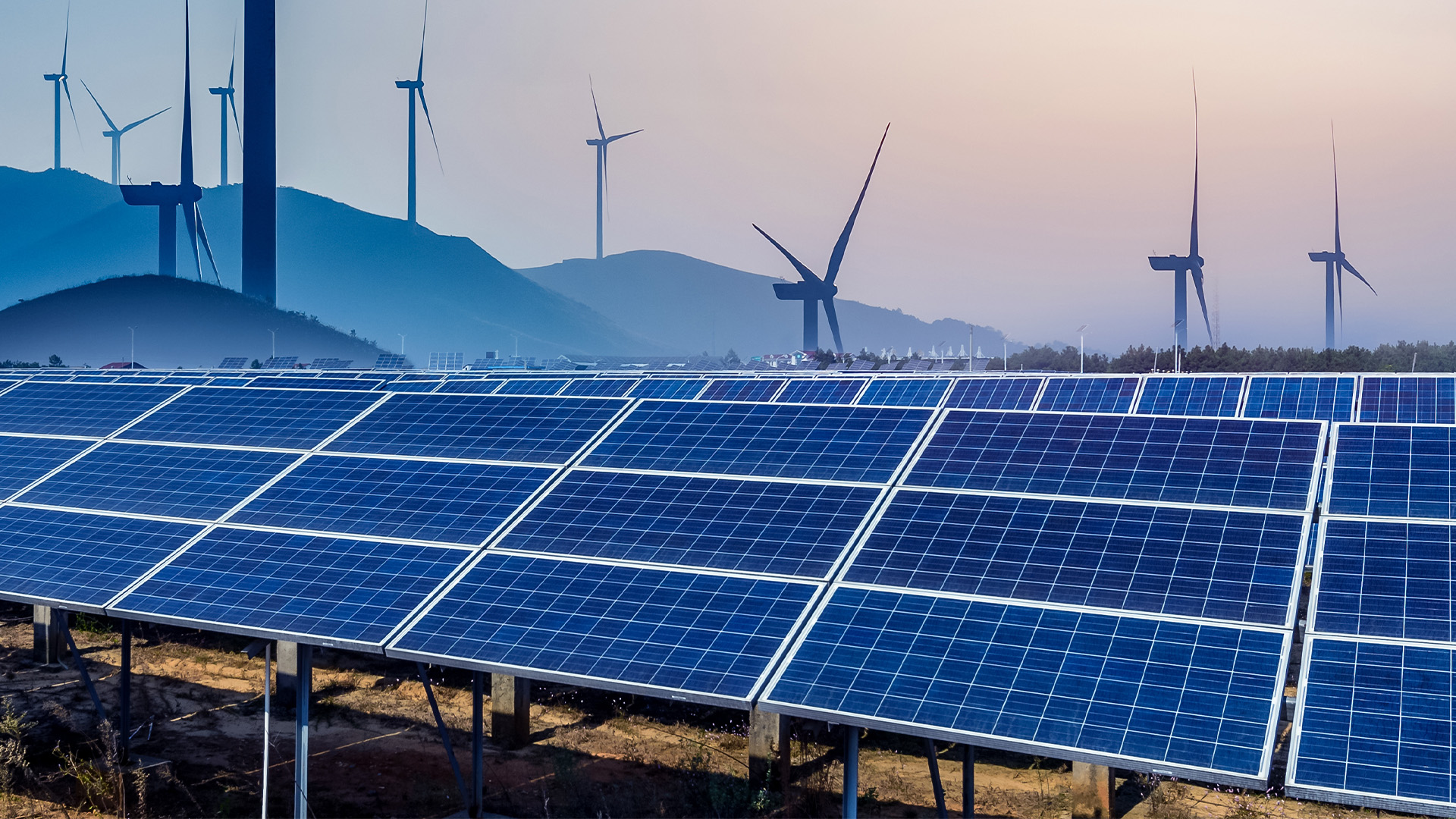
Publication
Watt’s up: Regulatory round-up
Norton Rose Fulbright provides a monthly overview of the key updates to Australian East Coast energy regulation.


Australia | Publication | December 2020
Despite a gloomy year, the New South Wales and Victorian Governments are proposing to spend an unprecedented $1.7 billion and up to $1.6 billion respectively to support the energy transition to renewable energy in their States.
Commitments and policies to progress the renewables imperative have been made by governments at local and State levels across Australia in the course of the year, with the future looking bright for renewables into 2021 and beyond.
The focus of this article is on developments last week through the Victorian budget and the passing of a legislative package in New South Wales.
Common to both packages is an emphasis on transmission network planning and investment to streamline efficient investment in renewables (including storage) direct support for superior projects and a focus on new technologies, including hydrogen.
Of the $1.6 billion budgeted in Victoria, $540 million will be spent to create six Renewable Energy Zones (REZ) across Victoria.
The REZs will allow the efficient upgrade of grid infrastructure to connect and support businesses, jobs and towns across regional Victoria to solar and wind resources.
So far, Gippsland and Mildura have been named as two potential zones. The Victorian Government will be working with the Australian Energy Market Operator (AEMO) to establish these zones in order to assist Victoria reaching its legislated target of 50 per cent renewables by 2030. Victoria’s announcements follow AEMO’s recent announcement that it would produce a REZ Development Plan for Victoria which may assist with determining a clearer picture on optimal transmission.
| Policy | Funding |
| Renewable energy zones | |
| Establishment of six Renewable Energy Zones | $540 million |
| Large scale renewable energy and storage project investments | |
| Second renewable energy auction for 600MW of clean energy | $12.6 million |
| Network investment | |
| Commitment to accelerating the KerangLink transmission line and interconnector | $100 million |
| Hydrogen | |
| Innovative and transformational renewable energy projects | $108 million |
| Small scale renewable, storage and efficiency programs | |
| Household energy package | $797 million |
| Local energy projects | $27 million |
| Installation of renewable energy systems, storage and energy efficiency improvements for community buildings, and ResourceSmart Schools program | $21 million |
| Establishing electric vehicle fast-charging network | Unspecified |
The New South Wales budget was recently bolstered by the passing of the crucial Electricity Infrastructure Investment Bill 2020 on November 27, 2020. The budget and new legislative package is intended to move New South Wales’ energy infrastructure to renewables and away from ageing coal-fired power station assets, which are fast approaching the end of their technical life.
Like Victoria, New South Wales is looking to the future with emphasis on the right infrastructure to support renewables. This is a bold and forward-looking initiative.
| Policy |
| Energy security targets |
|
| Renewable energy zones and supporting network infrastructure |
|
| Electricity infrastructure fund |
|
| Investment safeguards and incentives |
|
| Hydrogen |
|
For several years, grid connection and the costs of pioneering new infrastructure builds have caused significant concerns for project developers, financiers and contractors. Steps are already being taken at various levels (including under AEMO’s Integrated System Plan, which we write about here). However, these announcements are welcome measures to further address these key challenges.
Moreover, there is money for developers of renewable generation (including firming and storage solutions). There is, however, a more discerning approach to awarding such investment support, with the location, quality and profile of the technology being subject to greater scrutiny. In New South Wales, the nature of the financial investment is moving away from grants and offtakes to a more sophisticated later-stage income stream.
New South Wales has a detailed and developed plan. It also includes specific frameworks built in to the legislative package relating to consultation and negotiation with Aboriginal communities, fostering local community support, jobs, economic development and manufacturing.
The renewed enthusiasm and support by these and other governments will create competition amongst jurisdictions for investment in renewables, storage, transmission and other energy transition initiatives. This can be expected to benefit the quality and price of renewable solutions delivered to the market and consumers.
This article was co-authored with Benjamin Kende.
Subscribe and stay up to date with the latest legal news, information and events . . .
© Norton Rose Fulbright LLP 2025